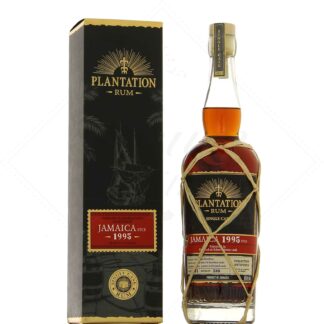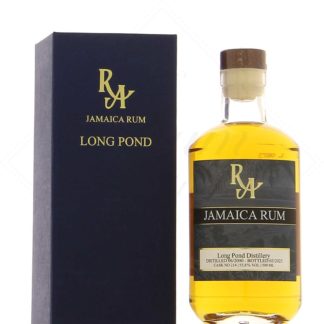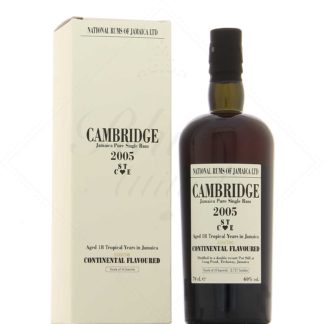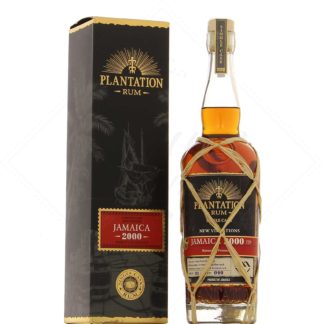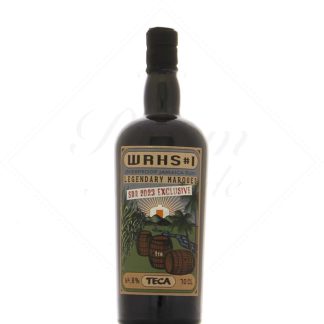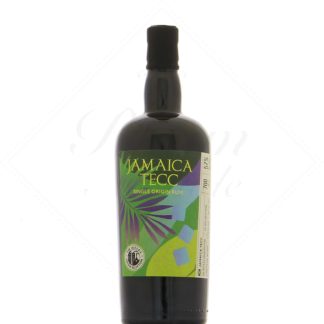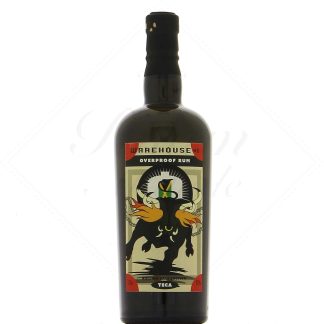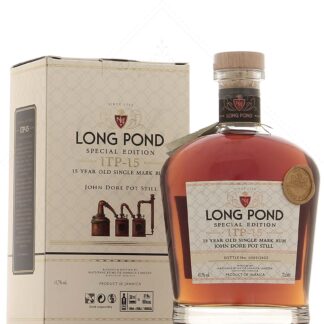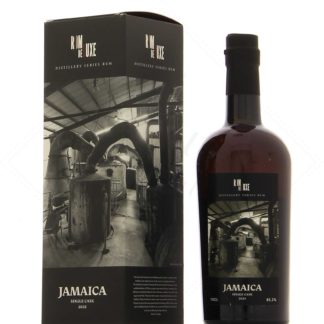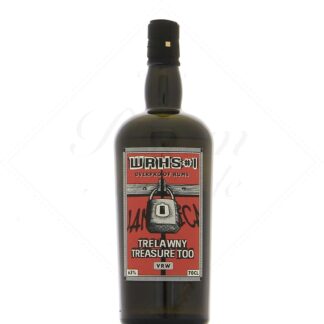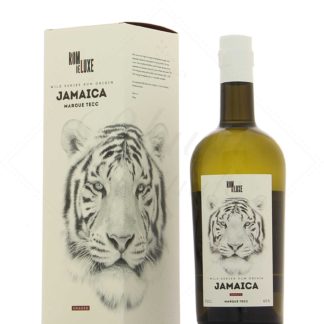Long Pond
The history of Long Pond
The Jamaican distillery of Long Pond is one of the foundations of the very funky style that originated in the parish of Trelawny. Its history dates back to 1730, when Simon Peter Clarke, an officer in the British Navy, was deported to Jamaica for banditry. His cousin Simon had already been there since 1722, as an emissary of the Crown. This cousin's son, also named Simon, inherited the Retirement estate at the same time.
In 1753, the family established a sugar mill equipped with a distillery on the estate. The first written records of rum production appear in 1780. A succession of owners followed until 1921. In that year, the Scottish company Sheriff & Co purchased a group of estates, of which Long Pond was one, and built its distillery on the site.
Between 1945 and 1949, the concentration of properties continued, and other surrounding estates were attached to Long Pond. In 1953, Canadian spirits multinational Seagram sought a distillery capable of producing its already famous Captain Morgan, and acquired the Long Pond distillery. After the purchase of Vale Royale in 1955, Long Pond now comprised 17 estates in total, and was renamed Trelawny Estate.
Over time, Seagram turned its attention away from Jamaica, to larger production units. In Latin America, it found more profitable, more modern distilleries equipped with large multi-column systems. Jamaican distilleries, which retained their traditional methods and pot-stills, found themselves in financial difficulty in this context.
The Jamaican state to the rescue of its distilleries
To save these giants, weakened by competition, the whole operation was nationalized in 1977. Management of the distillery and sugar refinery were separated, but came under the banner of the National Sugar Company of Long Pond. In 1980, National Rums of Jamaica was created to manage the distillery.
In 1993, the company was semi-privatized, with several financial companies acquiring a stake in Long Pond. Since 2009, the National Sugar Company of Long Pond no longer exists, so the sugar mill and distillery are under different ownership. Everglade Farms (also owners of the Hampden distillery) inherited the sugar plant, while NRJ retained the distillery.
Throughout its long existence, Long Pond has never had its own brand of rum. It has always operated within the framework of theold British colonial system, selling only in bulk to large multinationals, local brands and European traders.
The start of the third millennium
In 2012, the distillery was forced to suspend its activity for renovation, and was asked in particular to improve its effluent treatment. In 2017, Maison Ferrand bought WIRD in Barbados, inheriting a third of NRJ. The company is now managed by the Jamaican State, Demerara Distillers Limited and United Caribbean Rum Limited, a holding company of Maison Ferrand(Plantation Rum).
Work on Long Pond was completed that same year, and the distillery started up again in July. But a serious fire broke out in 2018, mainly affecting the fermentation building. 65,000 liters of fermented molasses ready for distillation were lost, but above all the wooden vats and their unique ecosystem went up in smoke. Alexandre Gabriel, head of Maison Ferrand, doesn't accept this fate. He had 35 vats reproduced by a Mexican craftsman who usually makes tequila.
In 2021, the first Long Pond branded rum(ITP 15 ans) was launched. Finally, in 2022, the distillery is fully operational again.
Production at Long Pond
Long Pond produces molasses rums ranging from the lightest to the heaviest. This covers the whole spectrum of Jamaican rums. Fermentations last from 48 hours to 4 weeks, depending on whether they are intended for light or heavy rums.
For heavy rums, fermentation takes place in the open air, in wooden vats. There were around fifty such vats before the fire of 2018. Today, there are 24 (12 vats of 450HL, 6 of 180HL and 6 of 135HL), and this figure should eventually rise to 63. Native yeasts are used to transform sugar into alcohol. The process lasts from 2 to 4 weeks.
The molasses to be fermented is mixed with vinasses (dunder) and possibly muck. Muck is a kind of biological reactor, a mixture of vinasse, bagasse, fruit, distillation residues, rinsing water from distillation equipment, fermentation tank bottoms, etc., stored in cement tanks in the open air. Its contribution in terms of bacteria and acidity makes it an indispensable ally in the production of highly aromatic "high ester" rums.
For light rums, fermentation takes place in three large 1800HL vats, using cultured yeasts.
Distillation at Long Pond is pot-still only. It used to have a Blair double column, which has been out of service since 2010. Today, 2 Blair pot-stills and 3 John Dore double-twisted columns do the job. They date from the 1960s and 1970s, and are all adjusted and assembled in different configurations.
Long Pond marks
Like all Jamaican distilleries, Long Pond classifies the different rums it can produce using a system of "marks". These marks designate a particular profile, accompanied by a concentration of aromatic molecules (esters expressed in g/hlap).
LRM 50-90
ITP/LSO 90-120
HJC/LIB 120-150
VRW/IRW 150-250
OCLP/HHHS 250-400
LPS 400-550
STC♥E 550-700
TECA 1200-1300
TECB 1300-1400
TECC 1500-1600 Read less
